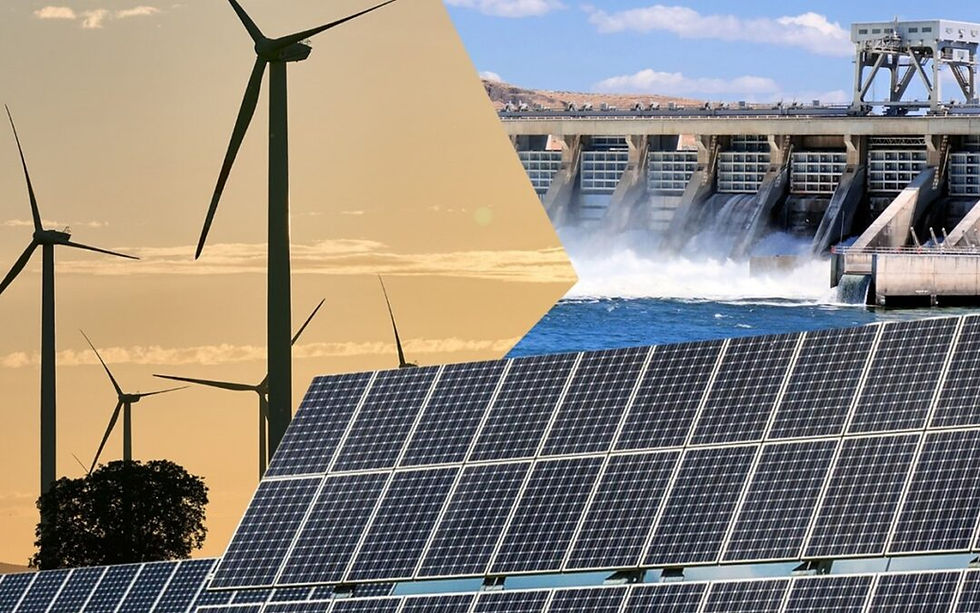The Price of Energy Transition: Debt, Curtailment and the Future of Renewables
- Arthur Oliveira

- Aug 19
- 2 min read
EnergyChannel – Brazil’s energy sector is going through one of its most complex periods in recent history. Multibillion-dollar asset sales, unexpected generation cuts and a growing wave of financial stress among companies reveal the high price of the country’s transition to renewables.

Vibra puts Comerc up for sale
In a surprising move, fuel giant Vibra (VBBR3) announced plans to sell Comerc Energia, just months after acquiring almost full control of the company. Vibra paid around R$7 billion for Comerc, including R$3.7 billion in January 2025 to expand its stake to 98.7%. However, potential buyers are offering significantly lower valuations.
The sale is strategic for Vibra, which is struggling with a net debt of R$21 billion in June 2025 – more than double the R$10.4 billion reported a year earlier. The company’s net profit plunged 66.3% year-on-year in Q2 2025, to R$292 million.
Financial stress among generators
The renewable generation sector – especially solar and wind – is experiencing unprecedented difficulties due to curtailment, or forced generation cuts imposed by the national grid operator (ONS). Transmission bottlenecks between Brazil’s Northeast and major consumption hubs in the Southeast have left several projects financially unsustainable.
According to industry associations, wind power generators lost more than R$700 million between August 2023 and the end of 2024, while the solar sector lost over R$50 million in just four months this year. Companies like 2W Ecobank, Rio Alto Energia, and equipment supplier Aeris have been forced into debt restructuring or judicial recovery. Even major players such as Engie Brasil, Equatorial, Alupar, Voltalia and Brookfield’s Elera were heavily impacted.
Retailers in crisis
The crisis also extends to energy traders. 2W Ecobank and Gold Energia together owe over R$3.3 billion. Volatile spot prices (PLD) and delays in new projects worsened their liquidity issues. Gold Energia’s restructuring plan proposes paying only 2.5% of its debts upfront, with the rest conditional on future liquidity events.
Curtailment threatens renewables expansion
ONS data shows curtailment rates soared to nearly 35% for solar and 18% for wind between April and September 2024. Without full compensation for losses, renewable developers are forced to buy power in the spot market, adding more pressure to their balance sheets. Projections suggest curtailment could average above 20% for solar and 10% for wind through 2029 unless new transmission lines are built.
Conclusion
Brazil’s clean energy transition is at a crossroads. The combination of debt, regulatory uncertainty and curtailment undermines confidence in new projects and threatens the country’s ambition to lead the global renewable energy race. Unless structural reforms and infrastructure investments are accelerated, the sector risks slowing down just when it should be growing fastest.
The Price of Energy Transition: Debt, Curtailment and the Future of Renewables











Comments